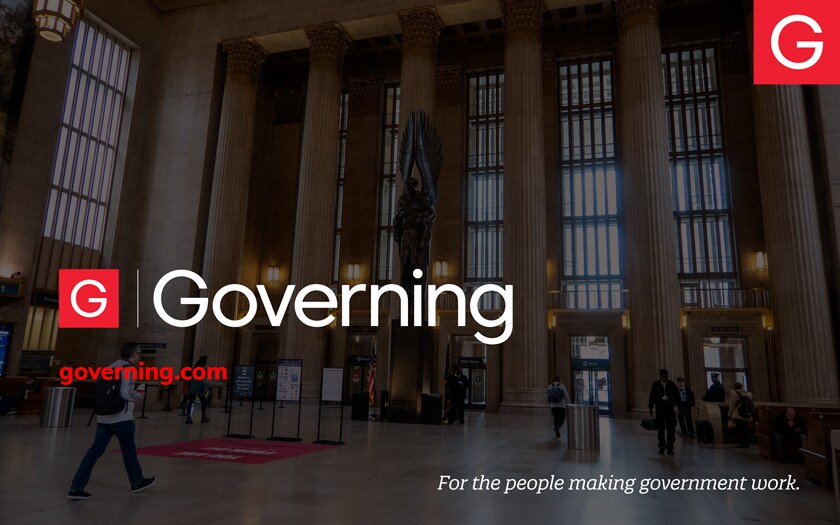In Brief:
Millions of dollars in new state funding are flowing to transportation projects in Washington state, thanks to a groundbreaking climate law passed by the Legislature two years ago.
The 2021 Climate Commitment Act created a cap-and-invest program for the state, which sets the overall annual cap for greenhouse gas emissions and auctions off allowances to industries. The revenue from those auctions is then invested in projects that will help the state meet its goal of reaching net-zero emissions by 2050.
The program is expected to generate up to $1 billion annually. This year, the state held its first auction, and the Legislature has begun to allocate funding to a range of initiatives, with a two-year, $13.4 billion transportation budget that includes nearly $1 billion from the Climate Commitment Act. The budget includes millions in funding for things like electric ferries, zero-emissions buses, and electric vehicle charging and hydrogen fueling stations.
With the transportation sector creating the largest share of Washington’s greenhouse gas emissions — around 39 percent, according to the state Department of Ecology — lawmakers and advocates see decarbonizing transportation as one of the best ways to meet the state’s climate targets.
Making the Budget
“There was quite a bit of controversy and partisanship on the whole notion of investments and setting carbon emissions goals and putting us into a cap-and-trade program,” Fey says.
Fey says he was determined to build the 2023-2025 transportation budget with bipartisan support. It helped that the negotiations around the cap-and-invest program had already occurred, and that there was new spending authorization for transportation because of it.
Auctioning Emissions Allowances
The Washington Cap-and-Invest Program held its first auction in February. The program is modeled after similar programs in California and Quebec. It applies to large businesses and covers about 70 percent of emissions in the state. In the February auction, the state offered more than six million allowances — essentially permits to generate a certain amount of carbon emissions — and had each allowance claimed, according to Luke Martland, the Climate Commitment Act implementation manager for the state Department of Ecology.
Each participant bid a certain price for a certain number of allowances; high bidders were able to secure their requested allowances, but all bidders ended up paying the same price of $48.50 per allowance. Overall the auction brought in almost $300 million, Martland says. More auctions are scheduled for May, August and December of this year.
As time goes on, the state will auction fewer yearly allowances. That will make them more expensive and give businesses more incentive to cut emissions, while revenue generated by the auctions is being invested in decarbonization projects.
“It’s really exciting because we’re only the second state to do it after California,” Martland says.
Benefits to Public Transit
Partly because of the Climate Commitment Act — and largely because of the Move Ahead Washington bill passed last year — public transit is getting substantially more state funding than it has in previous budgets. Transit investments in the 2023-2025 budget top $633 million, as opposed to $235 million in the 2019-2021 budget, according to the Washington State Transit Association (WSTA). That includes more money for Transit Support Grants, which provide direct operational and capital funding to transit agencies on the condition that they let everyone under the age of 18 ride for free.
The majority of Washington’s public transit systems are not facing the immediate fiscal cliff that many of the big-city agencies in the U.S. are facing, says Justin Leighton, WSTA’s executive director. Most systems tend to be funded primarily by local sales taxes, which are doing well after the pandemic, and are less reliant on fare revenue, which has suffered during the same period. Leighton says the biggest challenge facing the state’s transit agencies is hiring enough operators and mechanics — an issue plaguing agencies around the country.
Projects that benefit from Climate Commitment Act funding in the new transportation budget include pedestrian and bike safety initiatives, e-bike rebates, port electrification projects, electric ferry boat replacements, and many others. For transit, the new funding could help agencies acquire new zero-emission vehicles and build the facilities and maintenance infrastructure to support them, Leighton says.
“It’s helping transit agencies do expensive, hard projects that they wouldn’t be doing without it,” he says.










